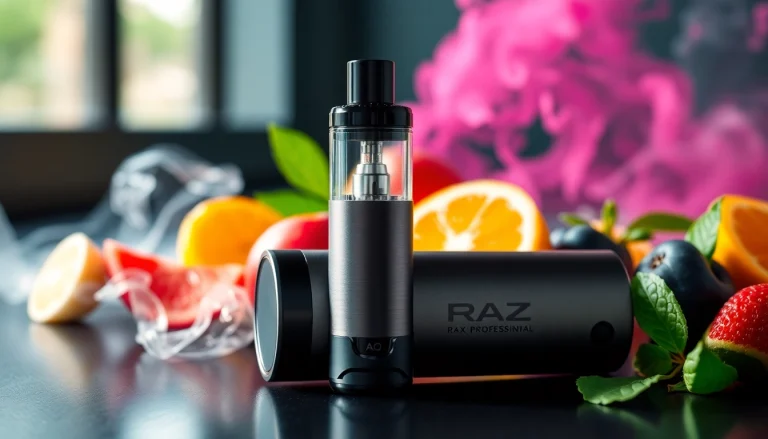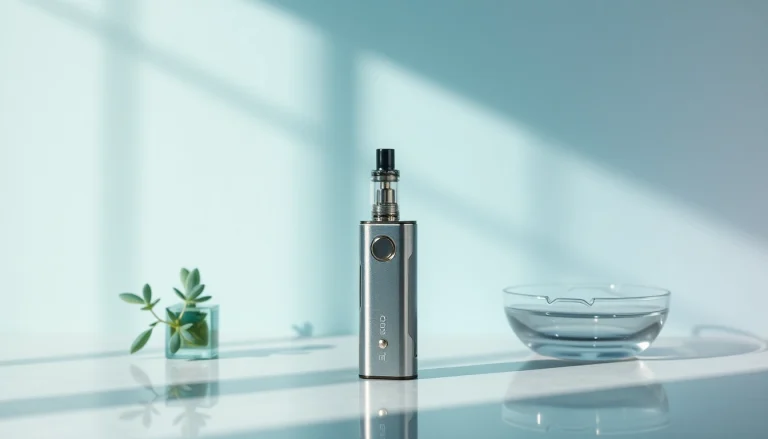
Understanding Reception Wedding Dresses
For many brides, choosing the right dress for their wedding day is a deeply personal journey. As the wedding ceremony often emphasizes tradition, the reception offers a canvas for a bride’s unique style and personality. This is why Reception Wedding Dresses must be distinctive, reflecting the celebratory mood of the event while allowing for more freedom in design and comfort.
What Defines a Reception Wedding Dress?
A reception wedding dress is specifically designed for the celebration following the formal marriage ceremony. Unlike the wedding gown, which may adhere to strict traditional aesthetics, a reception dress can incorporate modern trends and personalized elements. It embodies the spirit of celebration, is often more practical, and is tailored for movement and enjoyment during festivities.
Key Features of Reception Wedding Dresses
- Material: Most reception dresses are made from lightweight fabrics such as chiffon, tulle, or silk, allowing ease of movement.
- Length: Length varies widely; while many opt for knee-length or tea-length dresses, others may still prefer floor-length styles that are less formal than traditional wedding gowns.
- Design Elements: Reception dresses often feature less intricate detailing than a wedding gown, embracing simpler lines, playful patterns, or bold colors.
- Comfort: With features such as less restrictive bodices and more freedom in the skirt style, these dresses prioritize comfort, essential for dancing and mingling with guests.
Why Choose a Dedicated Reception Dress?
A dedicated reception dress allows brides to enjoy their wedding festivities without feeling constrained by formal attire. Over the course of a wedding day, comfort can be paramount, particularly during the reception when dancing and socializing take center stage. Additionally, a separate reception dress can create a striking play between the styles, allowing the bride to showcase her personality further. Furthermore, it can often be a more budget-friendly option, as many reception dresses are available at a lower price point than traditional gowns.
Styles of Reception Wedding Dresses
A-line and Ball Gown Reception Dresses
The A-line and ball gown styles remain two of the most popular designs for reception dresses. The A-line shape flatters virtually every body type, offering a fitted bodice that flares out gently from the waist, resembling the letter “A.” This style is exceptionally versatile, making it suitable for various reception themes, from those in elegant ballrooms to rustic outdoor settings.
On the other hand, ball gown styles provide a classic and romantic aesthetic thanks to their voluminous skirts and fitted bodices. However, they can sometimes feel heavier than A-line dresses. Brides should consider their comfort levels and the type of reception when selecting these styles, particularly if a more relaxed atmosphere is anticipated.
Sheath and Mermaid Styles Explained
Sheath dresses are ideal for brides who desire a sleek, elegant silhouette. This style hugs the body, making it an excellent choice for showing off curves without being overly formal. As sheath dresses can vary in length and material, they can perfectly transition from ceremony to reception.
Alternatively, the mermaid style, characterized by its fitted nature through the bodice and hips before flaring out at the knees, appeals to those seeking a more dramatic look. While mermaid dresses can easily transition from formal wedding ceremonies to lively receptions, they may restrict movement slightly, so brides should evaluate their dancing and comfort preferences.
Trends in Reception Wedding Dress Designs
Current trends in reception wedding dresses reflect broader shifts in fashion, embracing individuality, sustainability, and bold choices. One major trend is the increased use of color, with many brides opting for non-traditional hues such as blush, champagne, or even bold jewel tones. This choice not only sets the reception dress apart from the ceremony gown but allows brides to express their unique style.
Another emerging trend is the inclusion of jumpsuits and two-piece sets, which bring a modern twist to bridal fashion, coupling comfort and style effortlessly. Additionally, intricate lace work, open backs, and asymmetrical cuts have become increasingly popular, providing eye-catching details without overwhelming the overall look. Finally, sustainable and ethically sourced materials are on the rise, appealing to brides looking to reduce their environmental impact.
Selecting the Perfect Reception Wedding Dress
Choosing the Right Dress for Your Body Type
When selecting a reception dress, it’s essential to consider body shape and what styles can enhance your figure. For those with hourglass figures, mermaid or A-line styles help to accentuate curves effectively. Brides with pear-shaped bodies might find that A-line dresses or off-the-shoulder details balance their proportions beautifully. Alternatively, those with an athletic build may prefer sheath dresses that create a more feminine silhouette. Understanding your body type can significantly enhance your confidence and enjoyment as you celebrate your special day.
Color and Fabric Considerations for Reception Dresses
The choice of fabric and color can greatly influence the overall vibe of a reception dress. Lighter fabrics such as chiffon, organza, and silk are recommended for outdoor or warm-weather receptions, creating an ethereal look. For evening receptions, more structured fabrics like satin or taffeta can add elegance and sophistication.
Color choices should be guided by personal taste and the reception’s color scheme. While white remains a classic, more brides are embracing colors that reflect their personal style or the season. For instance, rich burgundy shades are stunning for a fall wedding, while pastel colors are ideal for spring events. Your reception dress can beautifully incorporate colors that may have been excluded from the ceremony gown, allowing for a fresh, vibrant look.
How to Accessorize Your Reception Wedding Dress
Accessorizing a reception dress can enhance its overall aesthetic significantly. The keys to successful accessorizing lie in balance and harmony. For a more elegant look, consider statement pieces like chandelier earrings or a sparkling cuff bracelet. Alternatively, more playful accessories, including colorful clutches or flower crowns, can add a whimsical spirit to your outfit. When it comes to footwear, make sure to choose comfortable shoes suitable for dancing, ranging from chic heels to stylish flats, depending on your preferences and the reception venue.
Budgeting for Your Reception Wedding Dress
Understanding Price Ranges and Options
Budgeting for your reception wedding dress involves understanding the price ranges associated with different styles and materials. In general, prices can vary significantly based on the designer, fabric, and whether the dress is custom made or off-the-rack. A ready-made reception dress can range from $100 to $2,000, depending largely on the brand and intricacies of the design. Awareness of your budget early on can help narrow down choices and prevent disappointment.
Where to Shop for Affordable Reception Dresses
Finding an affordable reception dress does not mean compromising on style and quality. Local bridal boutiques often have seasonal sales or discounted items, while online retailers can provide an excellent selection at competitive prices. Stores like ASOS, Lulus, and even second-hand platforms like Poshmark offer vast options at lower price points. Additionally, keep an eye out for sample sales where one can snag designer gowns at significantly reduced prices. Examining alternatives such as rental services can also be a great way to wear something stunning without breaking the bank.
Custom Design or Off-the-Rack: Making the Right Choice
Choosing between a custom design or an off-the-rack dress can greatly impact both your wedding day experience and budget. Custom dresses offer the advantage of a tailored fit, exclusive design, and the opportunity to infuse your style into the garment. However, they often come with higher costs and longer lead times. Off-the-rack dresses are easier to find, usually less expensive, and allow for immediate availability. Many brides find success with minor alterations after purchasing, achieving a perfect fit that falls within a more affordable range.
Final Tips for a Flawless Reception Look
Dress Fitting: The Importance of Tailoring
No matter how beautiful a dress may be, a proper fit is crucial for achieving that polished look. Consider scheduling multiple fittings leading up to your wedding date, particularly if alterations are necessary. Finding a skilled tailor can help ensure your reception dress fits perfectly, framing your figure beautifully. Pay attention to particular areas such as the bodice, waist, and length; even minor adjustments can yield significant results.
Maintaining Comfort and Practicality for Your Reception
Your reception is an opportunity to relax and unwind after the formalities of the ceremony, so ensuring comfort in your dress is essential. Consider the fabric, layering, and overall weight of the dress, as you want to ensure it allows freedom of movement throughout the evening. Also, consider how the design will hold up to activities such as dancing or bending. Practical considerations, such as pockets for small essentials like lip gloss or tissues, can add a functional yet stylish element to your ensemble.
How to Care for Your Reception Wedding Dress Post-Celebration
After your reception, it’s essential to care for your gown correctly. Whether you plan to preserve it for future use or simply want to maintain its quality, cleaning is key. If the dress has heavy embellishments or delicate materials, consider hiring a professional cleaner specializing in wedding gowns. Additionally, store the dress in a cool, dry place, preferably in a breathable garment bag to prevent odor and damage. Keeping the dress in excellent condition allows for memories to be cherished and possibly passed down in the future.



